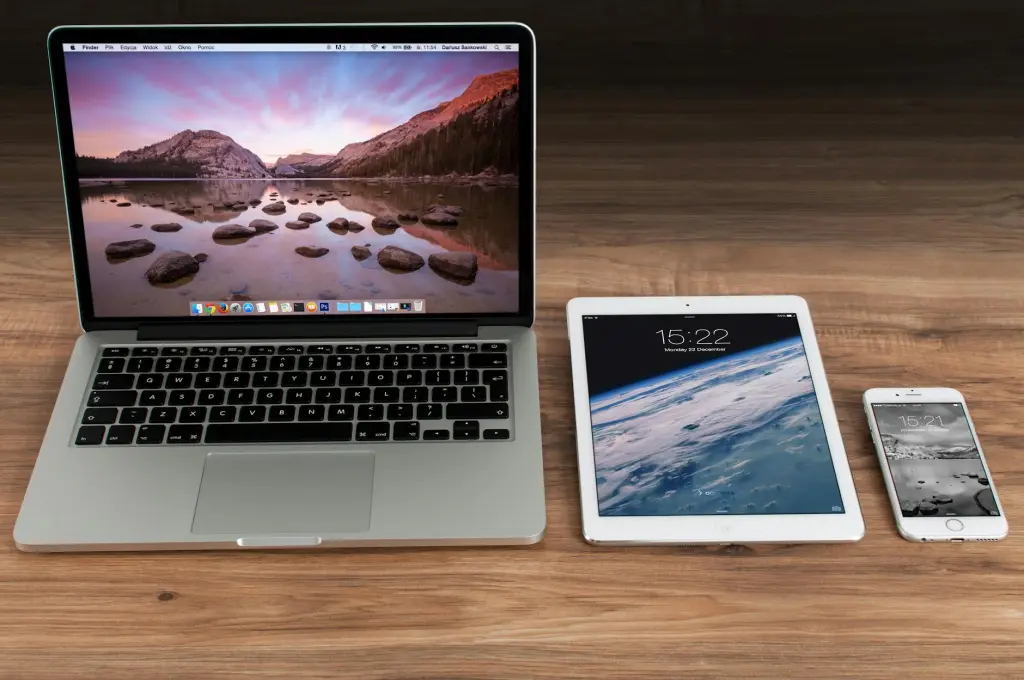In just a few decades, screens have transformed from rare luxuries to constant companions. Smartphones, tablets, laptops, TVs, and even smartwatches now shape how we work, learn, connect, and relax. This rapid shift has brought unprecedented opportunities—but also new psychological challenges.
While screens themselves are neutral tools, the way we use them profoundly influences our mental health, behavior, and even brain function. Understanding these impacts is crucial for making informed choices in our increasingly digital world.
1. The Rise of the “Screen Life”
The average person today spends 6–8 hours per day in front of a screen. For teenagers, the figure can be even higher, often exceeding 9 hours when social media, gaming, and streaming are combined. For many, screens are the gateway to education, entertainment, and social connection.
Yet, psychologists warn that excessive and unstructured screen time can disrupt cognitive development, emotional regulation, and social skills—especially in children and adolescents whose brains are still forming.
2. Cognitive and Brain Function Effects
2.1 Attention Span and Focus
Frequent exposure to rapidly changing visual and auditory stimuli—such as in TikTok videos or fast-paced games—can train the brain to expect constant novelty. This can make sustained attention on slower-paced tasks (like reading, studying, or deep work) more difficult.
Studies have found a correlation between high daily screen use and reduced ability to filter distractions. This doesn’t mean screens “damage” attention permanently, but it suggests that without conscious balance, our cognitive habits can shift toward seeking instant stimulation.
2.2 Memory and Information Processing
While screens give access to unlimited information, the convenience can encourage shallow processing—skimming instead of deeply understanding. The brain relies more on external devices (“Google memory”) rather than internal recall. Over time, this can weaken the habit of critical thinking and deep learning.
3. Emotional and Mental Health Impacts
3.1 Anxiety and Stress
Constant connectivity means constant potential for notifications—emails, messages, news alerts, and social updates. This “always-on” state can keep the nervous system in low-grade fight-or-flight mode, increasing stress and anxiety.
The fear of missing out (FOMO) amplifies this effect, especially in younger users. When peers are constantly posting curated highlights of their lives, the viewer may feel left out or inadequate.
3.2 Depression and Loneliness
Paradoxically, while screens can connect us to others, overuse—especially of social media—has been linked to increased feelings of loneliness. Comparing one’s life to others’ idealized online personas can reduce self-esteem and contribute to depression, particularly in teenagers.
4. Impact on Children and Adolescents
The psychological effects of screens are most pronounced in younger populations.
4.1 Early Childhood Development
For children under two, excessive screen exposure can delay speech development and reduce parent-child interaction time. Passive viewing does not engage the brain in the same way as hands-on play or face-to-face communication.
4.2 Academic Performance
While educational apps and online learning can be beneficial, heavy recreational screen use often correlates with lower academic performance. This may be due to reduced homework time, late-night device use affecting sleep, or simply mental fatigue from overstimulation.
5. Sleep and the Mind
Screens emit blue light, which suppresses melatonin—the hormone that regulates sleep. Using devices late at night can make it harder to fall asleep and achieve deep rest. Poor sleep, in turn, is strongly linked to mood disorders, irritability, and reduced cognitive performance.
Moreover, the mental stimulation from late-night gaming or scrolling can keep the brain in an active state, delaying relaxation even after the device is switched off.
6. Behavioral Addictions
6.1 The Dopamine Loop
Many apps and games are designed to trigger dopamine release—the brain’s reward chemical—through likes, achievements, or random rewards. This can create compulsive patterns of checking devices for new stimuli, similar to gambling behaviors.
6.2 Gaming Disorder
Recognized by the World Health Organization, gaming disorder is characterized by impaired control over gaming, prioritizing it over other activities, and continuing despite negative consequences. This can lead to social withdrawal, academic decline, and emotional instability.
7. Social Skills and Communication
7.1 Reduced Face-to-Face Interaction
While online communication is convenient, overreliance can weaken in-person social skills. Reading body language, maintaining eye contact, and handling real-time conversations are essential human abilities that can atrophy with underuse.
7.2 Empathy Decline
Face-to-face interaction fosters empathy through tone, facial expressions, and physical presence. Text-based or image-based communication may limit these cues, potentially reducing emotional understanding in younger generations.
8. Positive Psychological Impacts of Screens
It’s important to note that screens are not inherently harmful—they can also enrich lives:
- Access to knowledge – Online courses, documentaries, and educational tools can accelerate learning.
- Social connection – Screens help maintain long-distance relationships and support networks.
- Mental health resources – Teletherapy, support groups, and mental health apps offer accessible help.
- Creativity – Digital art, video production, and music creation tools can encourage self-expression.
When used mindfully, screens can empower rather than diminish psychological well-being.
9. Strategies for Healthy Screen Use
9.1 The “Digital Diet” Approach
Just as nutrition involves balance, so does screen time. The 80/20 rule—80% purposeful, enriching use and 20% entertainment—can help ensure devices serve personal growth.
9.2 Screen-Free Zones and Times
Designating certain areas (like bedrooms) or times (like meals) as screen-free can encourage real-world connection and rest.
9.3 Mindful Use
Before unlocking a device, asking “Why am I using it right now?” can prevent unconscious scrolling.
9.4 Blue Light Management
Using blue light filters or night mode, and avoiding screens 1–2 hours before bed, can protect sleep quality.
9.5 Digital Detox Periods
Occasional breaks—from a few hours to a full day—can help reset mental habits and reduce dependence.
10. The Future of Screens and Psychology
As technology advances, screens are evolving into more immersive experiences—virtual reality (VR), augmented reality (AR), and mixed reality (MR). These innovations may deepen both the benefits and risks:
- Potential positives: immersive education, realistic simulations for training, therapeutic VR for phobias or PTSD.
- Potential risks: blurring reality boundaries, increasing isolation, and intensifying addictive behaviors.
Balancing innovation with psychological health will be a defining challenge for the coming decades.
11. Conclusion: From Passive Use to Conscious Choice
Screens are powerful tools—capable of connecting, informing, and inspiring us. But they also carry the potential to overstimulate, isolate, and alter our psychological patterns in subtle but significant ways.
The impact depends less on the technology itself and more on how we integrate it into our lives. By setting boundaries, fostering balance, and remaining aware of both the benefits and risks, we can ensure that screens serve our well-being instead of silently undermining it.
The ultimate goal is digital literacy not just in terms of using technology, but in mastering its role in our mental and emotional lives. The next generation will inherit a world where screens are omnipresent; giving them the tools to use them wisely is one of the most important psychological investments we can make today.





